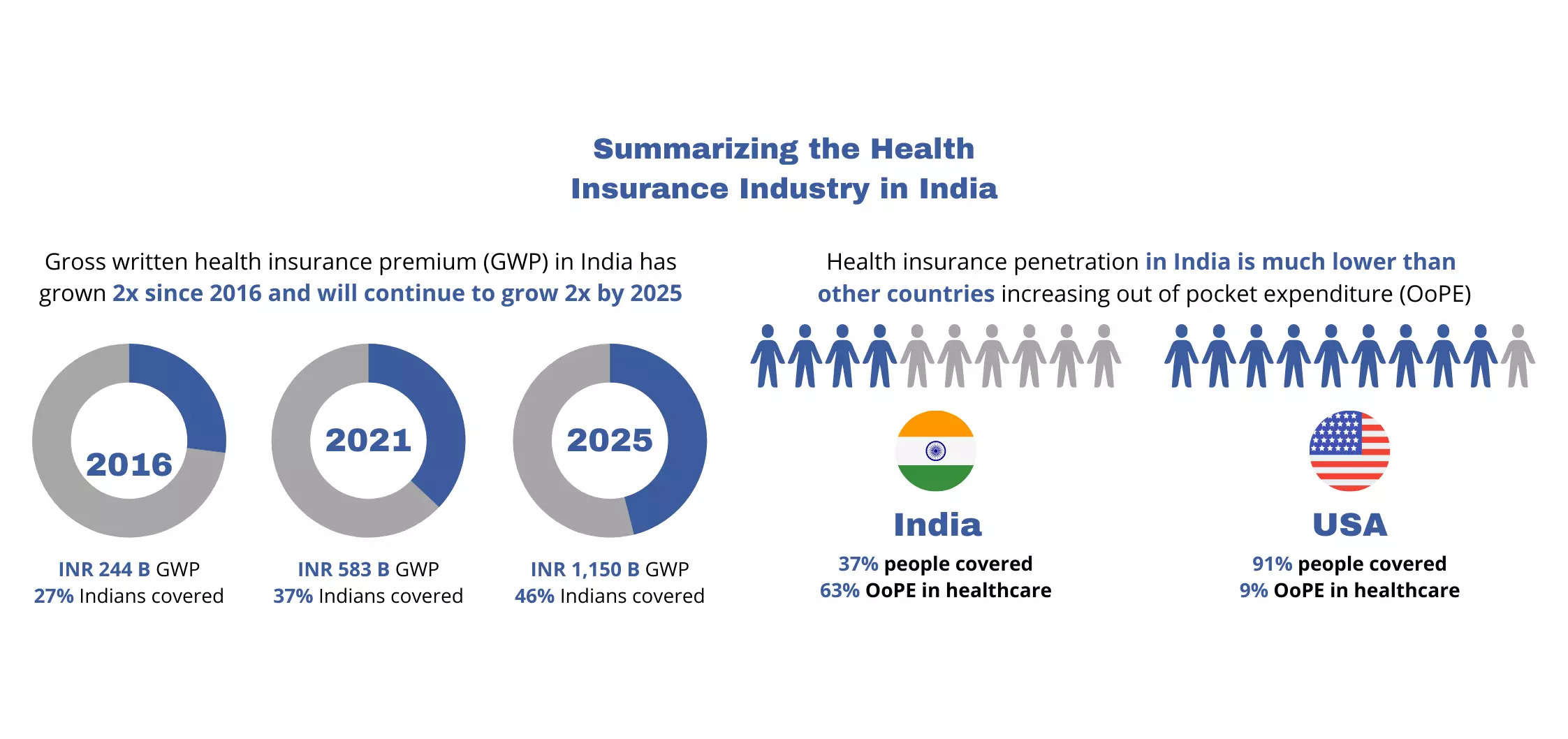India’s Biggest Hospital Chains Abused Their Dominance by Charging Exorbitant Prices, According to CCI Investigations
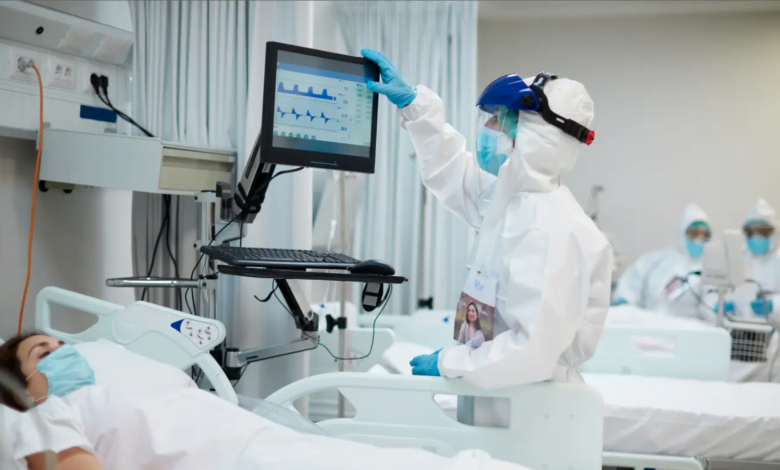
The Competition Commission of India (CCI) discovered that some of India’s major hospital chains charged high fees for services and products, abusing their market dominance.
India’s fair-trade regulator will convene shortly to examine the answers of hospital chains such as Apollo Hospitals, Max Healthcare, Fortis Healthcare, Batra Hospital & Medical Research, Sri Ganga Ram Hospital, and St Stephen’s Hospital. The fines would be imposed based on the responses.
The commission may levy severe penalties. The penalty might be up to 10% of the hospital chains’ average turnover over the previous three years. Apollo’s average annual revenue was Rs 12,206 crore. Fortis Hospitals’ average revenue was Rs 4,834 crore in the past three years.
The CCI investigation is the first of its kind, focusing on hospitals’ exorbitant medicine and service prices. According to competition lawyers, the watchdog’s action could potentially cut drug and healthcare equipment pricing, or at the very least, boost transparency in how hospitals promote these products. Max owned six of the twelve hospitals under CCI scrutiny, while Fortis owned two. The CCI and hospital networks have made no statements in response to this piece.
Unchecked overcharging Exorbitant pricing is a recurring theme in the CCI probe report. Specific medical tests, including X-rays, MRIs, and ultrasound scans, were discovered to be more expensive in hospitals than in other diagnostic institutions. According to CCI research, hospitals charged higher prices for consumables such as needles and surgical blades than other producers. The only exception was medications, which were sold at a total retail price despite hospitals reaping enormous profits by procuring them at lower prices.
The National Pharmaceutical Pricing Authority sets the cost of various critical medicines in India. Medications used to treat common conditions like fever, infections, and heart disease are purchased for health programs and are usually offered for free in government hospitals. In the case of non-essential medicines, a pharmaceutical company is free to choose the maximum retail price but cannot increase the MRP of drug formulations by more than 10%.
For a long time, India’s healthcare system has struggled with various difficulties, including a lack of institutions and insufficient human resources.
India has the most private healthcare despite being one of the world’s most populous countries. Out-of-pocket personal payments account for 75% of total healthcare costs. Only one-fifth of healthcare is funded by the government. This is in sharp contrast to the majority of other countries throughout the world.
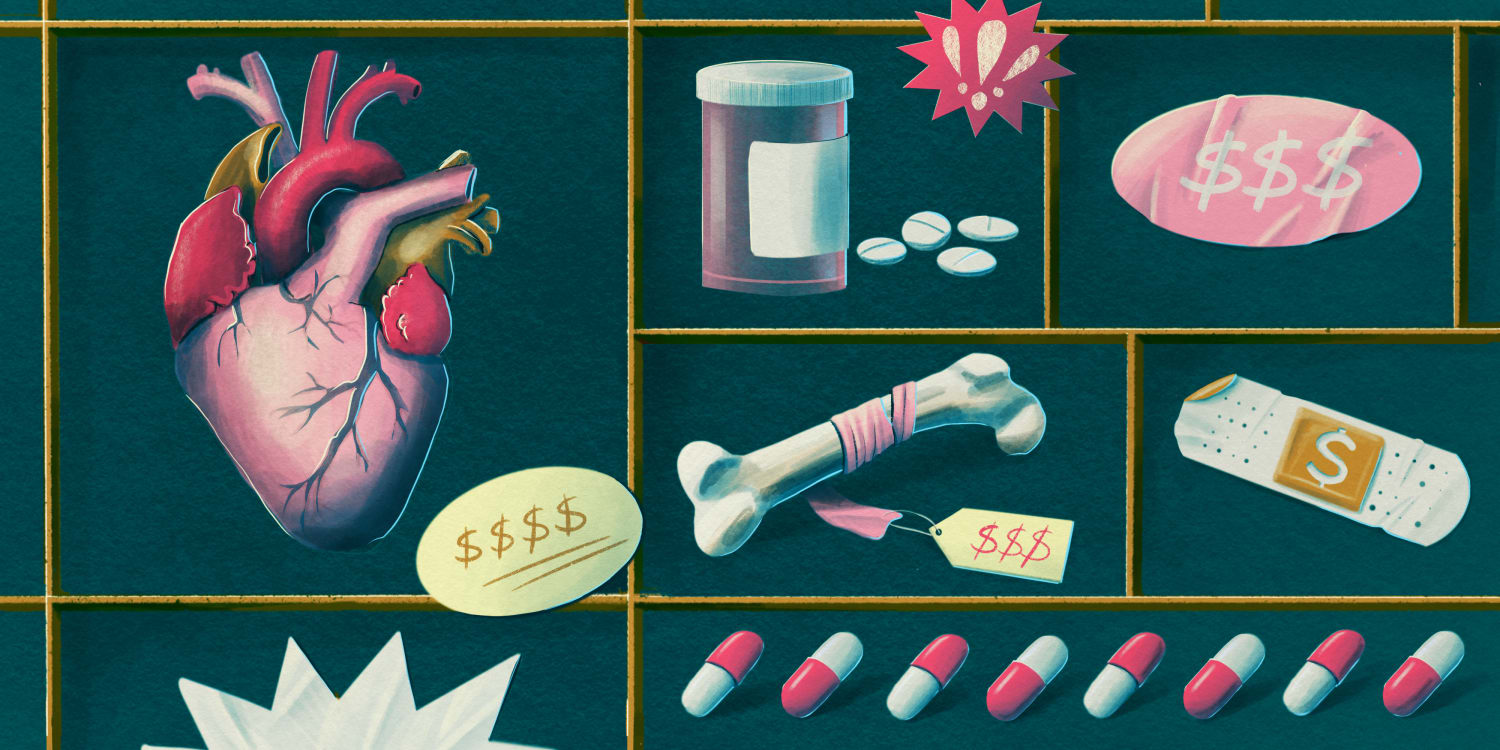
India’s Expensive healthcare System
Health care, particularly allopathic care, is highly expensive in India. It has a significant impact on the common man. The cost of several important medications has risen, and as a result, more attention should be placed on alternative medical systems. Ayurveda, Unani, and Homeopathy systems are less expensive and better serve the average man. As a result, the healthcare system has numerous flaws. These issues can be resolved with better planning and additional funding.
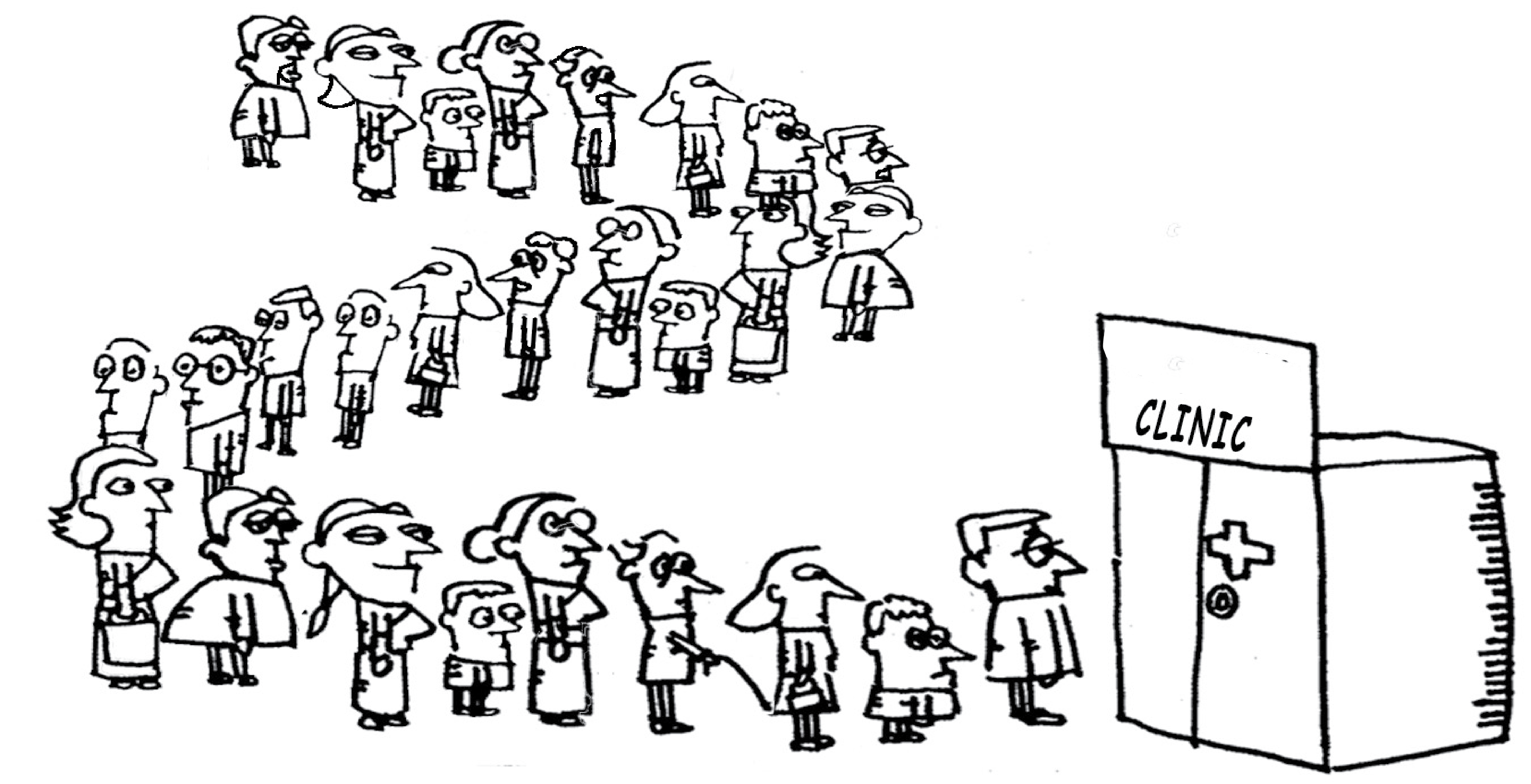
Shortage of Man-Power
One of India’s most important issues is a chronic shortage of educated medical personnel, which includes doctors, nurses, paramedics, and basic healthcare workers. Rural areas, which house about 66% of India’s population, continue to be a source of concern. The doctor-to-patient ratio remains dismal, at 0.7 doctors per 1,000 inhabitants. This compares to a WHO average of 2.5 doctors per 1,000 people. Improving the problem is a long-term process. The problem can be effectively handled by enhancing the capacity of existing teaching and training institutions while also establishing new ones in the long run.
No support for Research and Development
Top research experts stated this week that if India wants to reduce its reliance on foreign pharmaceuticals, technology, and information, it must invest more in healthcare research and development. According to scientists and officials, the country spends less than $1 per capita on healthcare research, with only 3% of that amount going toward public health research. R&D sectors provide innovation that is out of reach for the poor and middle classes. R&D requires a lot of money and is fraught with danger. To attract increased private investment in R&D, proper policy support and protection must be provided.
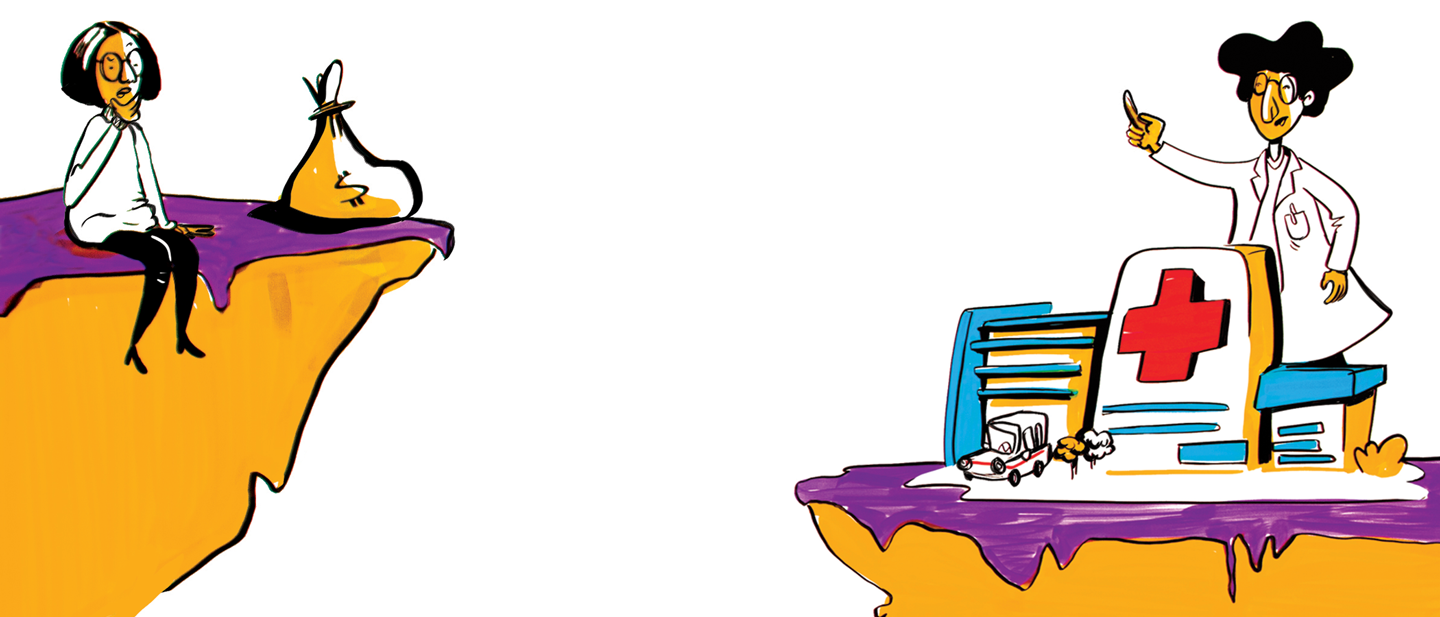
Lack of Primary Health Service
The country’s existing public primary health care paradigm is limited in scope. Even though there is a well-functioning public primary health centre, only services relating to prenatal care, restricted childcare, and certain services related to national health programs are given. This accounts for only 15% of all morbidities for which patients seek medical attention.
Health Insurance in India
India has one of the world’s lowest per capita healthcare expenses. The government contributes around 32% to insurance, compared to 83.5 per cent in the UK. The fact that 76 per cent of Indians do not have health insurance contributes to the high out-of-pocket expenses.
No attention to Preventives
In India, preventative care, like insurance, receives little to no attention. Preventive care can genuinely address a lot of difficulties for the patient in terms of agony or financial losses. One of the primary causes of the current predicament is a lack of awareness. Proper preventative treatment can help patients save money and lessen the pressure on the country’s limited healthcare infrastructure.
During the period of lockdown due to Covid-19, Despite government-run programs on prevention, many people still disregarded lockdown restrictions and did not even wear masks and gloves. The general health advice may not address the underlying cause of the sickness and may result in an increased cost due to a lengthy treatment process. The country urgently needs to enhance the number of specialized medical experts.
Lack of Infrastructure
The most serious contemporary healthcare challenge confronting India’s health industry has to be a lack of infrastructure. Repeated hospital bed shortages, a scarcity of specialized staff to handle serious diseases, and excessive out-of-pocket financial expenditures all contribute to an unreasonably pressured national health care system. Add to it a low rate of professional training in comparison to other countries, and the workload on this beleaguered healthcare system is now hanging by a thread.
Conclusion
Health systems and policies are critical in defining how health services are provided, used, and influence health outcomes. Health care in India is failing, yet there is a great deal of promise and improvement in the country’s healthcare education.
Aside from addressing the apparent infrastructure deficiencies, professional training should be prioritized. The use of online healthcare workshops and courses offered by reputable platforms enables more advanced and specific training. Good quality medical training is priceless, and investing in this area will benefit us in the long term.
To summarise, there is an urgent need to make healthcare services and service providers more operationally transparent. This will make it easier to hold people and procedures accountable to provide better healthcare services. Only then will the healthcare system be able to take a breather.
The Competition Commission of India (CCI) discovered that some of India’s major hospital chains charged high fees for services and products, abusing their market dominance.
India’s fair-trade regulator will convene shortly to examine the answers of hospital chains such as Apollo Hospitals, Max Healthcare, Fortis Healthcare, Batra Hospital & Medical Research, Sri Ganga Ram Hospital, and St Stephen’s Hospital. The fines would be imposed based on the responses.
The commission may levy severe penalties. The penalty might be up to 10% of the hospital chains’ average turnover over the previous three years. Apollo’s average annual revenue was Rs 12,206 crore. Fortis Hospitals’ average revenue was Rs 4,834 crore in the past three years.
The CCI investigation is the first of its kind, focusing on hospitals’ exorbitant medicine and service prices. According to competition lawyers, the watchdog’s action could potentially cut drug and healthcare equipment pricing, or at the very least, boost transparency in how hospitals promote these products. Max owned six of the twelve hospitals under CCI scrutiny, while Fortis owned two. The CCI and hospital networks have made no statements in response to this piece.
Unchecked overcharging Exorbitant pricing is a recurring theme in the CCI probe report. Specific medical tests, including X-rays, MRIs, and ultrasound scans, were discovered to be more expensive in hospitals than in other diagnostic institutions. According to CCI research, hospitals charged higher prices for consumables such as needles and surgical blades than other producers. The only exception was medications, which were sold at a total retail price despite hospitals reaping enormous profits by procuring them at lower prices.
The National Pharmaceutical Pricing Authority sets the cost of various critical medicines in India. Medications used to treat common conditions like fever, infections, and heart disease are purchased for health programs and are usually offered for free in government hospitals. In the case of non-essential medicines, a pharmaceutical company is free to choose the maximum retail price but cannot increase the MRP of drug formulations by more than 10%.
For a long time, India’s healthcare system has struggled with various difficulties, including a lack of institutions and insufficient human resources.
India has the most private healthcare despite being one of the world’s most populous countries. Out-of-pocket personal payments account for 75% of total healthcare costs. Only one-fifth of healthcare is funded by the government. This is in sharp contrast to the majority of other countries throughout the world.

India’s Expensive healthcare System
Health care, particularly allopathic care, is highly expensive in India. It has a significant impact on the common man. The cost of several important medications has risen, and as a result, more attention should be placed on alternative medical systems. Ayurveda, Unani, and Homeopathy systems are less expensive and better serve the average man. As a result, the healthcare system has numerous flaws. These issues can be resolved with better planning and additional funding.

Shortage of Man-Power
One of India’s most important issues is a chronic shortage of educated medical personnel, which includes doctors, nurses, paramedics, and basic healthcare workers. Rural areas, which house about 66% of India’s population, continue to be a source of concern. The doctor-to-patient ratio remains dismal, at 0.7 doctors per 1,000 inhabitants. This compares to a WHO average of 2.5 doctors per 1,000 people. Improving the problem is a long-term process. The problem can be effectively handled by enhancing the capacity of existing teaching and training institutions while also establishing new ones in the long run.
No support for Research and Development
Top research experts stated this week that if India wants to reduce its reliance on foreign pharmaceuticals, technology, and information, it must invest more in healthcare research and development. According to scientists and officials, the country spends less than $1 per capita on healthcare research, with only 3% of that amount going toward public health research. R&D sectors provide innovation that is out of reach for the poor and middle classes. R&D requires a lot of money and is fraught with danger. To attract increased private investment in R&D, proper policy support and protection must be provided.

Lack of Primary Health Service
The country’s existing public primary health care paradigm is limited in scope. Even though there is a well-functioning public primary health centre, only services relating to prenatal care, restricted childcare, and certain services related to national health programs are given. This accounts for only 15% of all morbidities for which patients seek medical attention.
Health Insurance in India
India has one of the world’s lowest per capita healthcare expenses. The government contributes around 32% to insurance, compared to 83.5 per cent in the UK. The fact that 76 per cent of Indians do not have health insurance contributes to the high out-of-pocket expenses.
No attention to Preventives
In India, preventative care, like insurance, receives little to no attention. Preventive care can genuinely address a lot of difficulties for the patient in terms of agony or financial losses. One of the primary causes of the current predicament is a lack of awareness. Proper preventative treatment can help patients save money and lessen the pressure on the country’s limited healthcare infrastructure.
During the period of lockdown due to Covid-19, Despite government-run programs on prevention, many people still disregarded lockdown restrictions and did not even wear masks and gloves. The general health advice may not address the underlying cause of the sickness and may result in an increased cost due to a lengthy treatment process. The country urgently needs to enhance the number of specialized medical experts.
Lack of Infrastructure
The most serious contemporary healthcare challenge confronting India’s health industry has to be a lack of infrastructure. Repeated hospital bed shortages, a scarcity of specialized staff to handle serious diseases, and excessive out-of-pocket financial expenditures all contribute to an unreasonably pressured national health care system. Add to it a low rate of professional training in comparison to other countries, and the workload on this beleaguered healthcare system is now hanging by a thread.
Conclusion
Health systems and policies are critical in defining how health services are provided, used, and influence health outcomes. Health care in India is failing, yet there is a great deal of promise and improvement in the country’s healthcare education.
Aside from addressing the apparent infrastructure deficiencies, professional training should be prioritized. The use of online healthcare workshops and courses offered by reputable platforms enables more advanced and specific training. Good quality medical training is priceless, and investing in this area will benefit us in the long term.
To summarise, there is an urgent need to make healthcare services and service providers more operationally transparent. This will make it easier to hold people and procedures accountable to provide better healthcare services. Only then will the healthcare system be able to take a breather.

